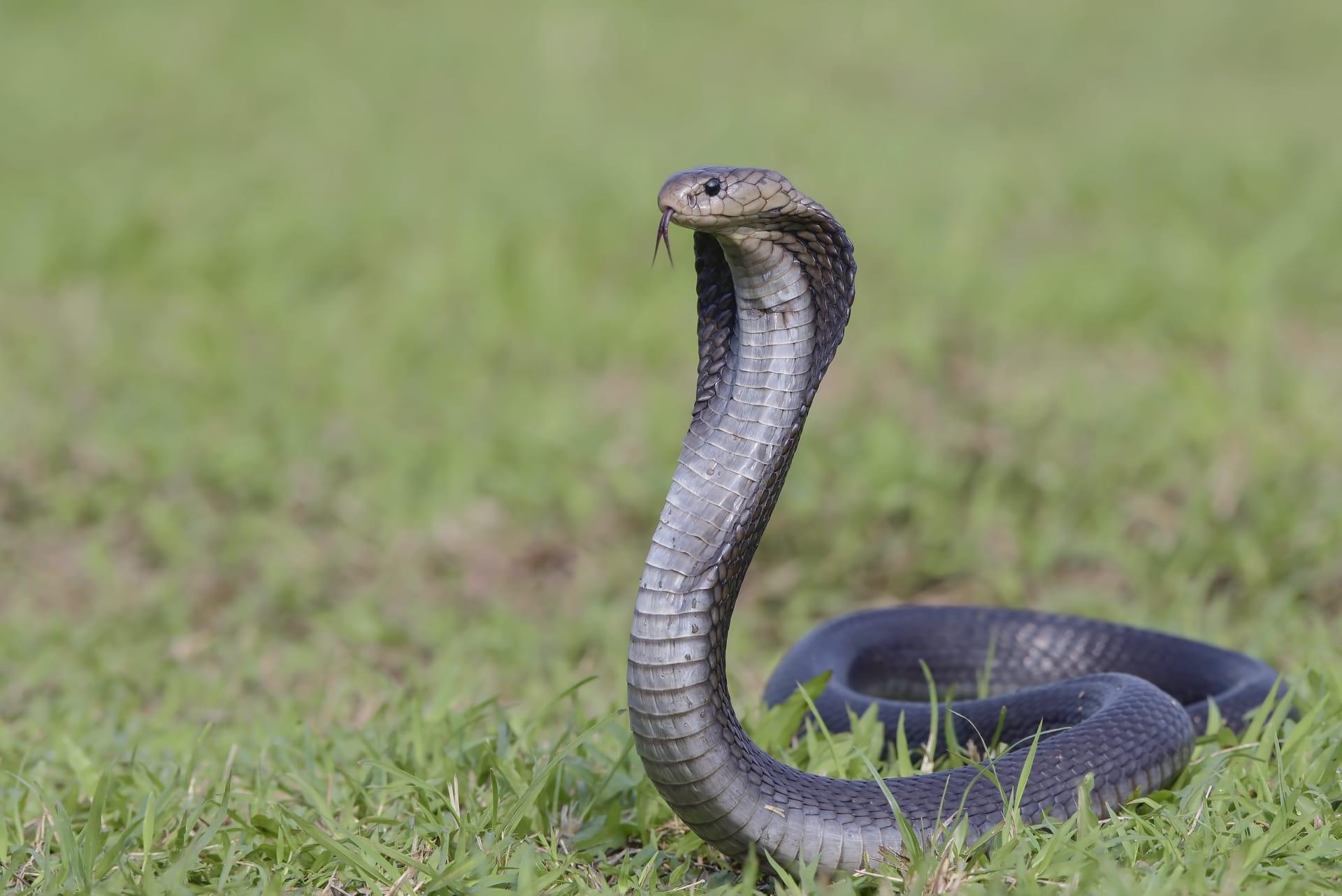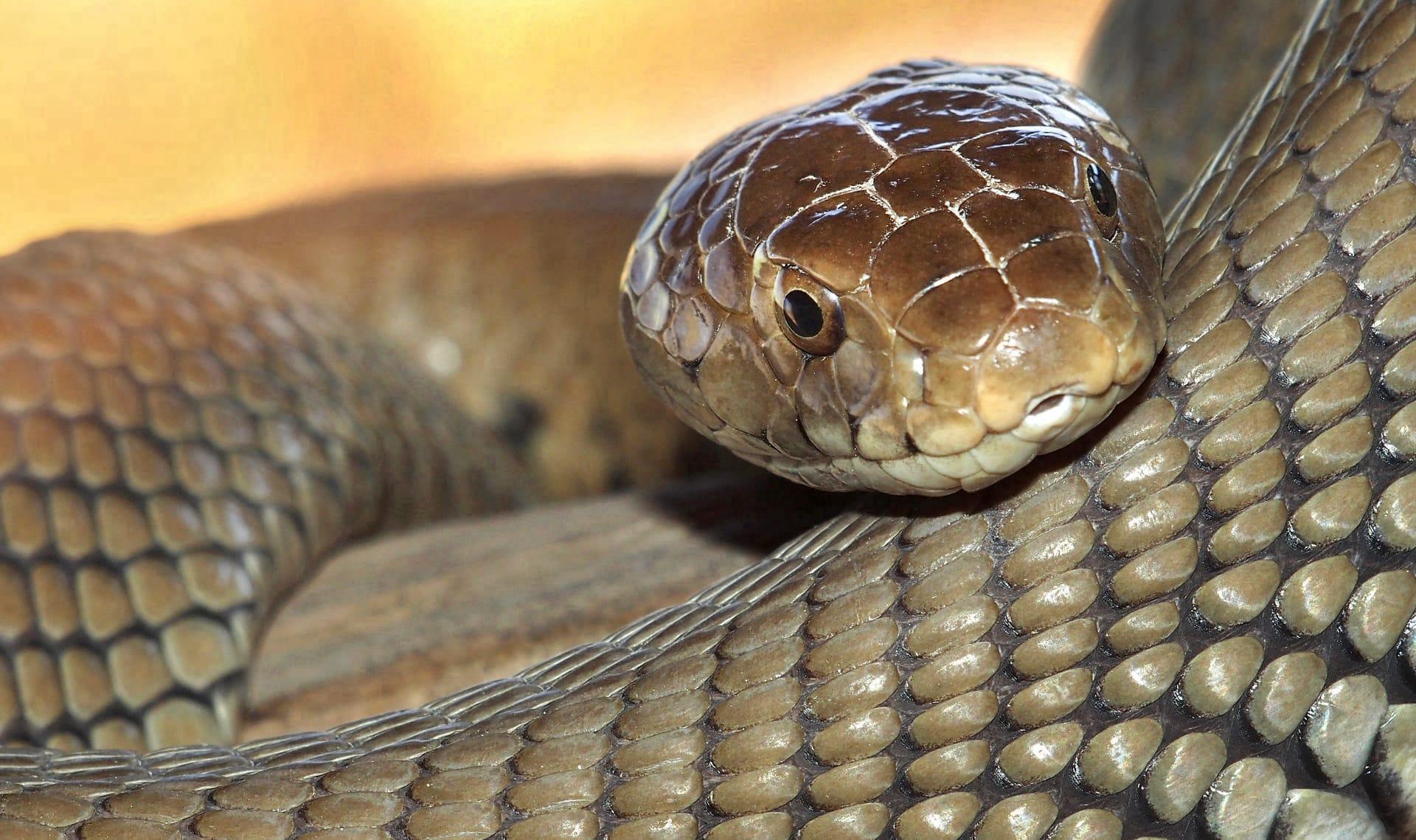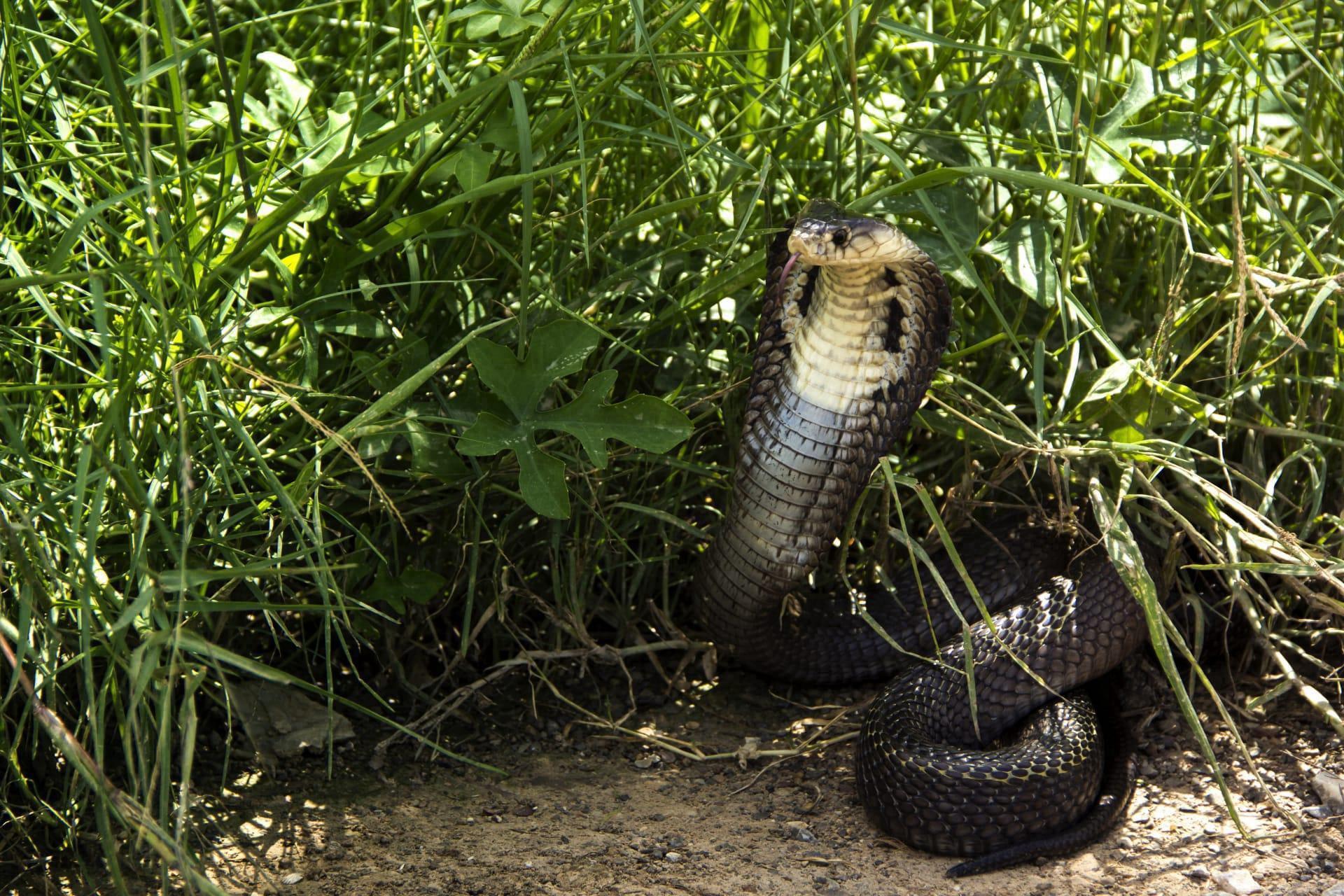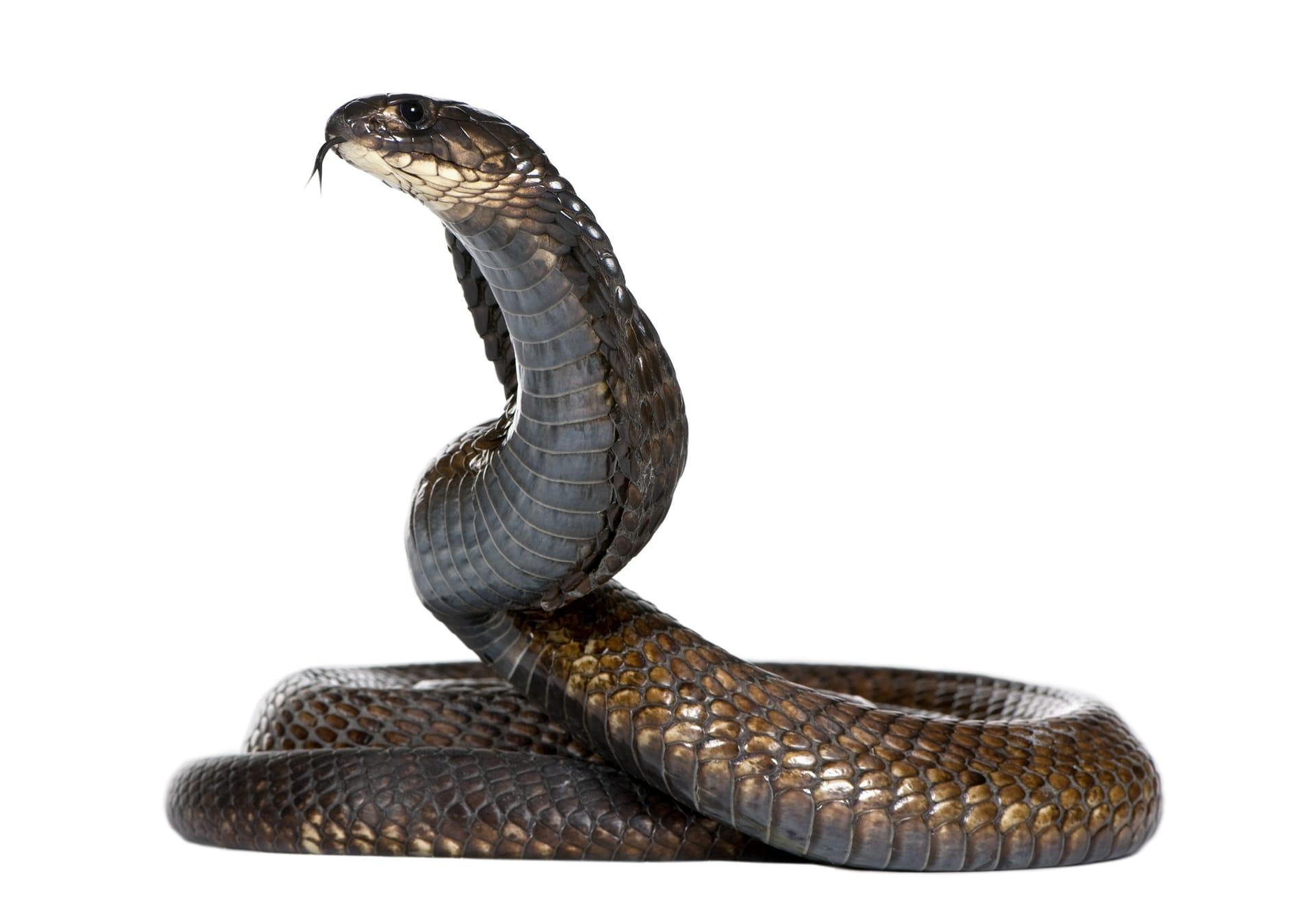Cobra Snake Trivia
- Home /
- Trivia Question /
- Animal /
- Cobra Snake Trivia
1
Question: How long can a cobra snake grow?
Answer: Cobras are known for their impressive length. The King Cobra, the longest of all venomous snakes, can reach up to 18 feet (5.5 meters) in length. However, most cobra species are much smaller, typically ranging between 4 and 12 feet (1.2 to 3.6 meters). The size can vary greatly depending on the species and their environment.
Question: What is unique about a cobra's diet?
Answer: Cobras have a varied diet but are unique in their ability to prey on other snakes, including those of their own species - a behavior known as ophiophagy. They also eat small mammals, birds, and eggs. The King Cobra, for example, primarily feeds on other snakes, including sizable pythons and even venomous ones like kraits.

2
Question: Do cobras really dance to flute music?
Answer: This is a common misconception. Cobras don't actually 'dance' to flute music. In reality, they are responding to the movement of the flute and the flute player. Snakes are deaf to airborne sounds, and the cobra's apparent swaying to music is actually a defensive behavior, as it follows the visual and vibrational cues.
Question: Are cobras always aggressive?
Answer: Contrary to popular belief, cobras are not always aggressive. They prefer to avoid confrontations with humans and will only attack as a last resort. When threatened, they may display their famous hood and emit a hiss, which is more a warning than a sign of imminent attack. Cobras attack primarily in self-defense or when they feel cornered.

3
Question: How does a cobra's venom work?
Answer: Cobra venom is a complex mixture of proteins and enzymes. It's primarily neurotoxic, affecting the nervous system. It can cause paralysis, respiratory failure, and death in prey and predators. The venom of some cobras also contains cytotoxins, causing tissue damage at the bite site. The effects of the venom can vary based on the cobra species and the amount of venom injected.
Question: Can cobras really spit venom?
Answer: Yes, some cobra species, like the Spitting Cobra, can eject venom from their fangs when threatened. They can accurately spit venom up to 6.5 feet (2 meters) away. The venom is usually aimed at the eyes of the predator or threat, causing intense pain and potential blindness if not washed out and treated promptly.

4
Question: How do cobras reproduce?
Answer: Cobras are oviparous, meaning they lay eggs. The female cobra lays between 12 to 60 eggs, depending on the species, and often guards them until they hatch. The incubation period can vary from 60 to 90 days. Baby cobras are independent from birth and have fully functional venom glands capable of delivering a potent bite.
Question: What is the lifespan of a cobra?
Answer: In the wild, cobras can live for about 20 years. However, their lifespan can be shorter due to factors like habitat loss, predation, and human conflict. In captivity, with the right care, they can live slightly longer, but maintaining them in captivity is challenging and not recommended due to their venomous nature.

5
Question: How do cobras use their hoods?
Answer: The hood of a cobra is created by the elongation of ribs in their neck. When the cobra feels threatened, it spreads these ribs to form the hood, making it appear larger and more intimidating. This is primarily a defensive display to deter predators and is often accompanied by a hissing sound.
Question: Are all cobras equally venomous?
Answer: The toxicity of cobra venom varies among species. The King Cobra, for instance, has less potent venom compared to other cobras, like the Indian or the Philippine Cobra. However, the King Cobra delivers a larger volume of venom, making its bite potentially more dangerous. The venom's impact also depends on the victim's size, health, and the amount of venom injected.